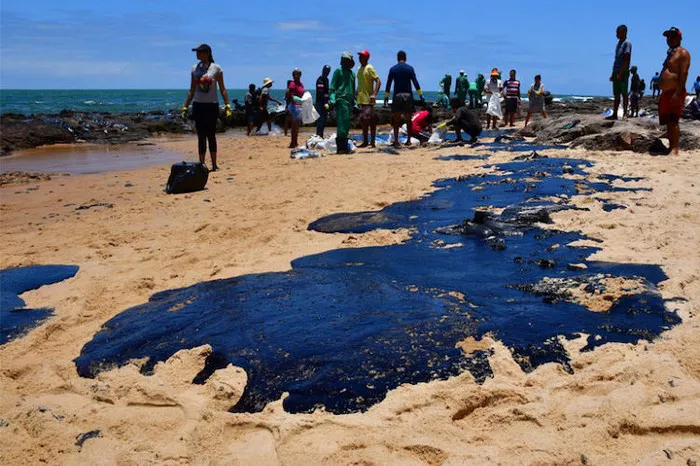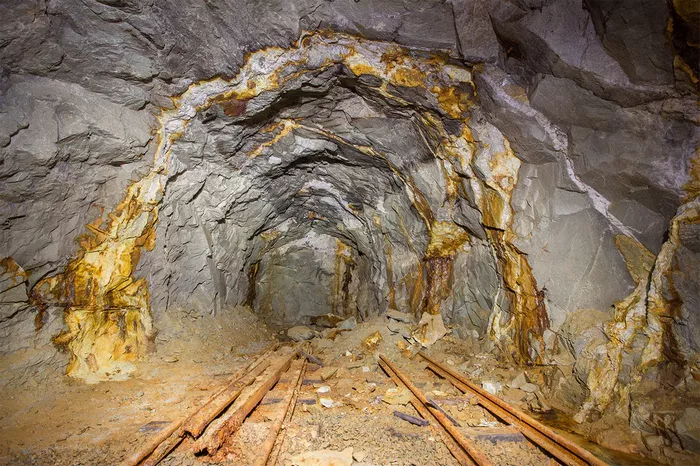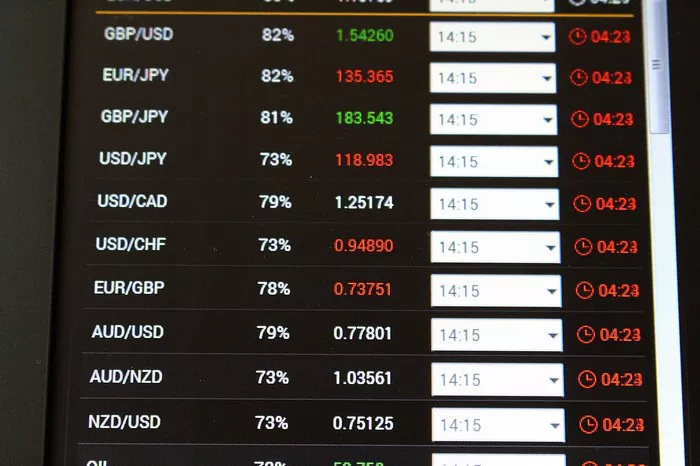The question of how much crude oil is left in the world is crucial for understanding global energy supplies, economic stability, and environmental impacts. This article explores various aspects of crude oil reserves, including definitions, estimation methods, and implications for the future.
Understanding Crude Oil Reserves
What Are Crude Oil Reserves?
Crude oil reserves refer to the quantity of oil that can be recovered economically from known fields. Reserves are categorized into three main types:
Proven Reserves: These are quantities of oil that can be extracted with reasonable certainty, based on current technology and economic conditions.
Probable Reserves: These reserves are less certain than proven reserves but still have a reasonable chance of being recovered.
Possible Reserves: These are estimated quantities that may be recovered under more favorable conditions.
Estimating Global Oil Reserves
Estimation of global oil reserves involves geological studies, technological assessments, and economic analyses. Organizations such as the U.S. Energy Information Administration (EIA) and the International Energy Agency (IEA) regularly publish reports on oil reserves.
Current Estimates of Global Oil Reserves
Total Reserves
As of the latest estimates, the world’s total proven oil reserves are approximately 1.7 trillion barrels. This figure varies based on new discoveries and advancements in extraction technologies.
Major Oil-Producing Countries
The following countries hold the largest proven reserves:
- Venezuela: Approximately 300 billion barrels
- Saudi Arabia: About 260 billion barrels
- Canada: Roughly 170 billion barrels
- Iran: Approximately 160 billion barrels
- Iraq: Close to 150 billion barrels
Changes Over Time
Oil reserves have fluctuated over the years due to factors such as exploration, technological advancements, and geopolitical events. For instance, new extraction techniques like hydraulic fracturing have increased recoverable oil in shale formations, especially in the United States.
Factors Influencing Oil Reserves
Technological Advancements
Technological innovations significantly impact oil extraction. Techniques such as Enhanced Oil Recovery (EOR) and horizontal drilling have improved the recovery rates from existing fields. These technologies can increase the life span of oil reserves.
Economic Viability
The price of crude oil plays a vital role in determining the economic viability of extracting oil. Higher prices make it feasible to extract oil from more challenging environments, thereby increasing the estimated reserves.
Geopolitical Factors
Geopolitical stability in oil-rich regions can affect the availability and estimation of oil reserves. Conflicts, sanctions, and changes in government policies can either limit or enhance oil production.
See Also: Why Is Crude Oil Considered a Non-Renewable Resource?
Environmental Considerations
Impact of Oil Extraction
The extraction and consumption of crude oil have significant environmental consequences. Oil spills, habitat destruction, and greenhouse gas emissions are key concerns. These factors are increasingly influencing policies and investment in renewable energy sources.
Transition to Renewable Energy
As awareness of climate change grows, many countries are investing in renewable energy. This shift could alter the demand for crude oil, affecting future estimates of how much oil is left.
Future Projections
Depletion Rates
The rate at which oil reserves are depleted varies. Some estimates suggest that, at current consumption rates, proven reserves could last for another 50 years. However, this timeframe could change with new discoveries or changes in consumption patterns.
The Role of Alternative Energy Sources
The rise of alternative energy sources, such as solar and wind, may reduce reliance on crude oil. If this trend continues, demand for oil could decline, potentially extending the life of existing reserves.
Unconventional Resources
In addition to conventional reserves, there are significant unconventional resources, such as oil sands and shale oil. These resources have the potential to supplement global oil supplies for years to come.
Conclusion
The question of how much crude oil is left in the world is complex and multifaceted. Current estimates suggest that approximately 1.7 trillion barrels of proven oil reserves exist. Various factors, including technological advancements, economic conditions, and geopolitical stability, influence these estimates. As the world moves toward renewable energy sources, the demand for crude oil may change, impacting the future of global reserves.
Understanding these dynamics is essential for policymakers, investors, and consumers as they navigate the evolving energy landscape.
[inline_related_posts title=”You Might Be Interested In” title_align=”left” style=”list” number=”3″ align=”none” ids=”3624,3626,3684″ by=”categories” orderby=”rand” order=”DESC” hide_thumb=”no” thumb_right=”no” views=”no” date=”yes” grid_columns=”2″ post_type=”” tax=””]


































